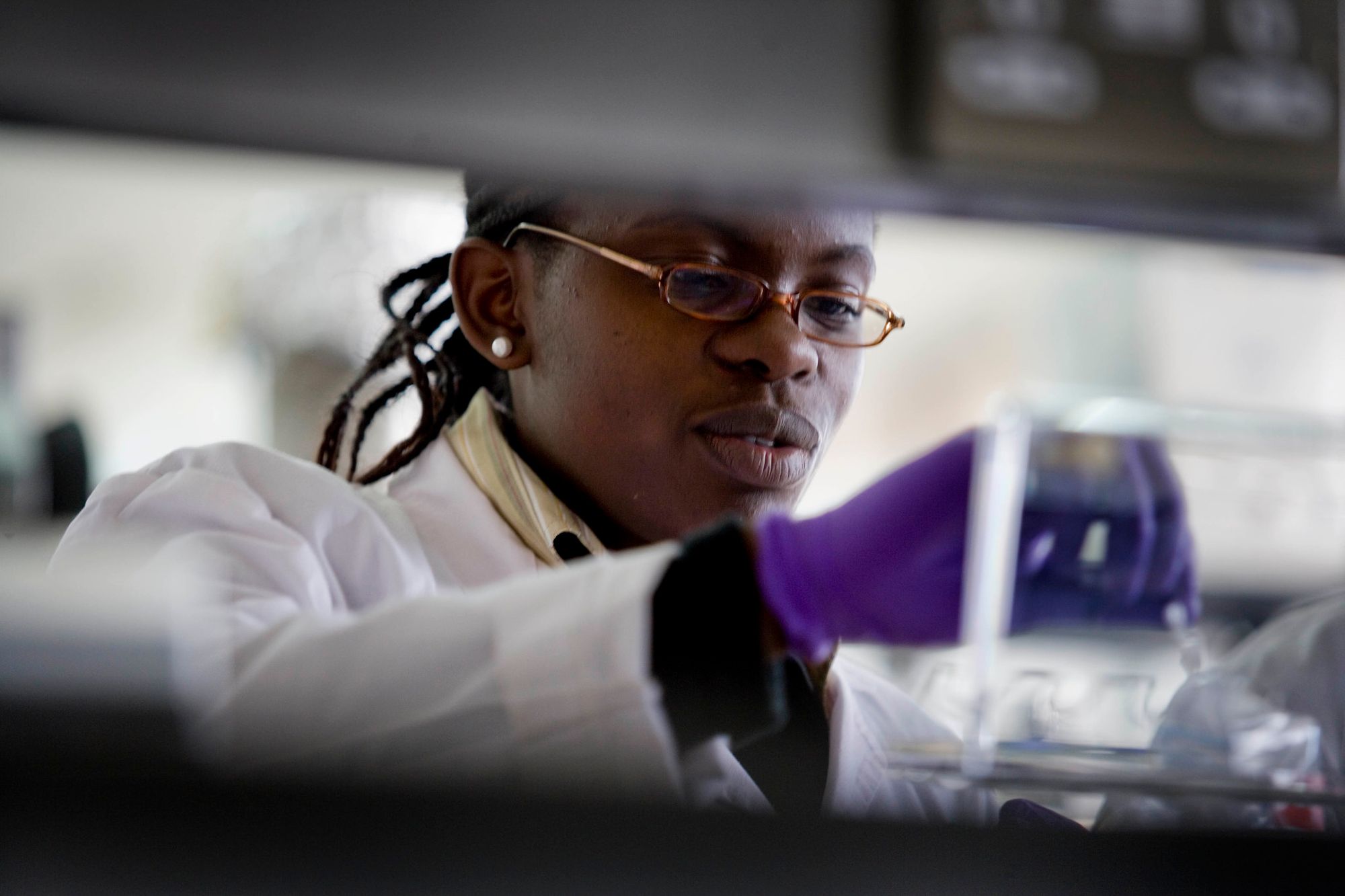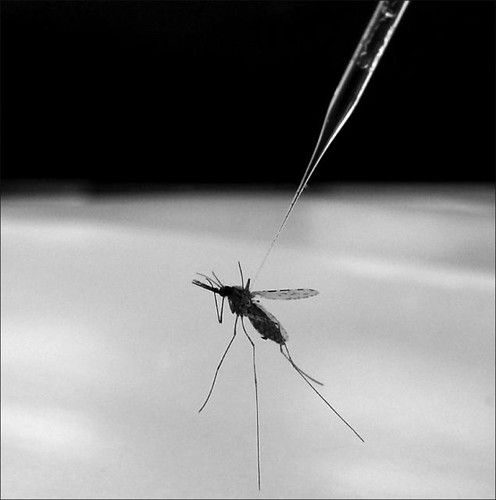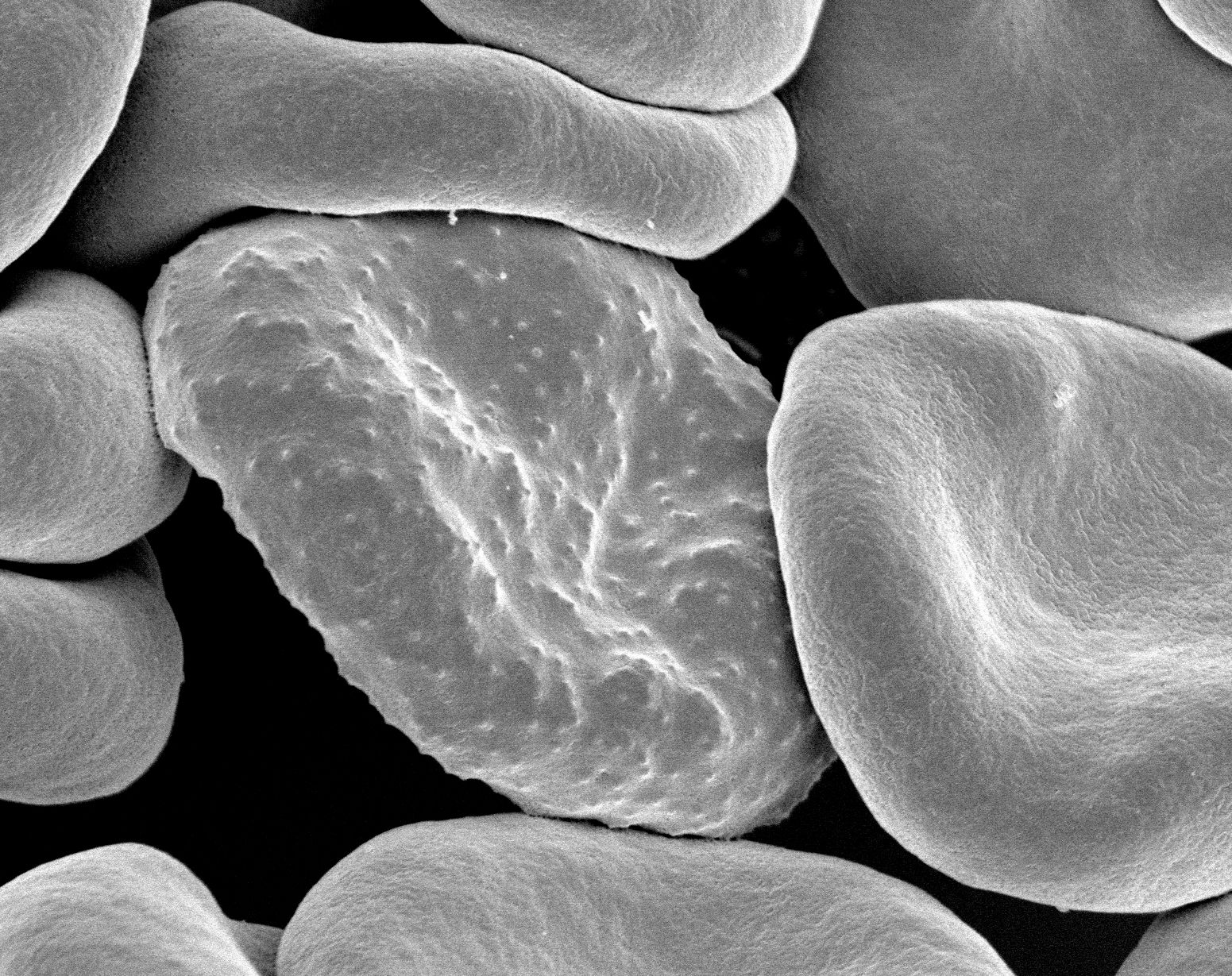
🩸Preventive medication and app to fight malaria
A promising new preventive measure is being introduced to, as a first step, prevent malaria in vulnerable children. Combined with an app, it could be an important step towards eradicating the disease.
Share this story!
Africa’s hope to end malaria is slowly becoming a reality following the successful trial run of a new malaria preventative drug capable of cutting infections and deaths on the continent by more than half a million young children annually.
The intervention, known as the Intermittent Preventive Treatment of malaria in infants-plus (IPTi+), builds upon a World Health Organization (WHO) recommended strategy. It uses the antimalarial sulfadoxine-pyrimethamine to prevent malaria in children aged one year or below, who are the most vulnerable to the disease.

Statistics at hand show that almost 70 percent of malaria deaths occur in children under five years.
SciDev.Net reported that global health agency, Unitaid poured $35 million investment to bankroll the IPTi+ program led by Population Services International (PSI). They aim to develop scalable models in Benin, Cameroon, Côte d’Ivoire, and Mozambique by administering an estimated 2.5 million doses of sulfadoxine-pyrimethamine to protect over half a million children under two years of age from malaria.
Medical experts confirmed that the new treatment is safe.
“This intervention is good, and I would emphasize that it should be highly data-driven to accurately ensure effectiveness.”Bedilu Alamirie, Addis Ababa University told SciDev.Net.
“In its current regimen of IPTi, the protection offered to infants only goes up to one year, but with the IPTi+ there is an increase in dosage and [this] expands the eligible age bracket up to two years which we hope will achieve a bigger impact,” Alexandra Cameron, senior technical manager for malaria at Unitaid told SciDev.Net.
Efforts to combat malaria in Africa continues to gain traction, in January 2021, National University of Science and Technology (NUST) in Zimbabwe Computer Science Student, Bongani Jubani developed an application or software to help in the automation of the malaria diagnosis process to boost both the country and Southern Africa’s malaria response strategy.
According to the developers of the app, the system uses up-to-date technologies, provides results instantly, is less expensive, and is more accurate compared to current methods of malaria detection.
The new application system uses artificial intelligence to detect the presence of malaria parasites in the blood cell of a patient, by just submitting a picture of the patient’s blood cell.

According to the World Health Organisation’s (WHO) latest World Malaria Report in 2019 most malaria cases and deaths occurred in Sub-Saharan Africa, which accounted for 94 percent of the 229 million malaria cases reported globally. Almost 70 percent of the 409,000 malaria deaths worldwide occurred in children under five years, making children the most vulnerable group.
This said, according to the WHO World malaria report 2020, global malaria mortality fell by 60 percent over the period 2000 to 2019. The African Region achieved impressive reductions in its annual malaria death toll – from 680,000 in 2000 to 384,000 in 2019.
Two decades ago, African leaders signed the landmark Abuja Declaration pledging to reduce malaria deaths on the continent by 50 percent over a 10-year period marked by 2010. Robust political commitment, together with innovations in new tools and a steep increase in funding catalyzed an unprecedented period of success in global malaria control. According to the WHO Organisation (WHO), 1.5 billion malaria cases and 7.6 million deaths have been averted since 2000.
"Africa Food Security Research 6"by DFAT photo library is licensed under CC BY 2.0
By becoming a premium supporter, you help in the creation and sharing of fact-based optimistic news all over the world.


